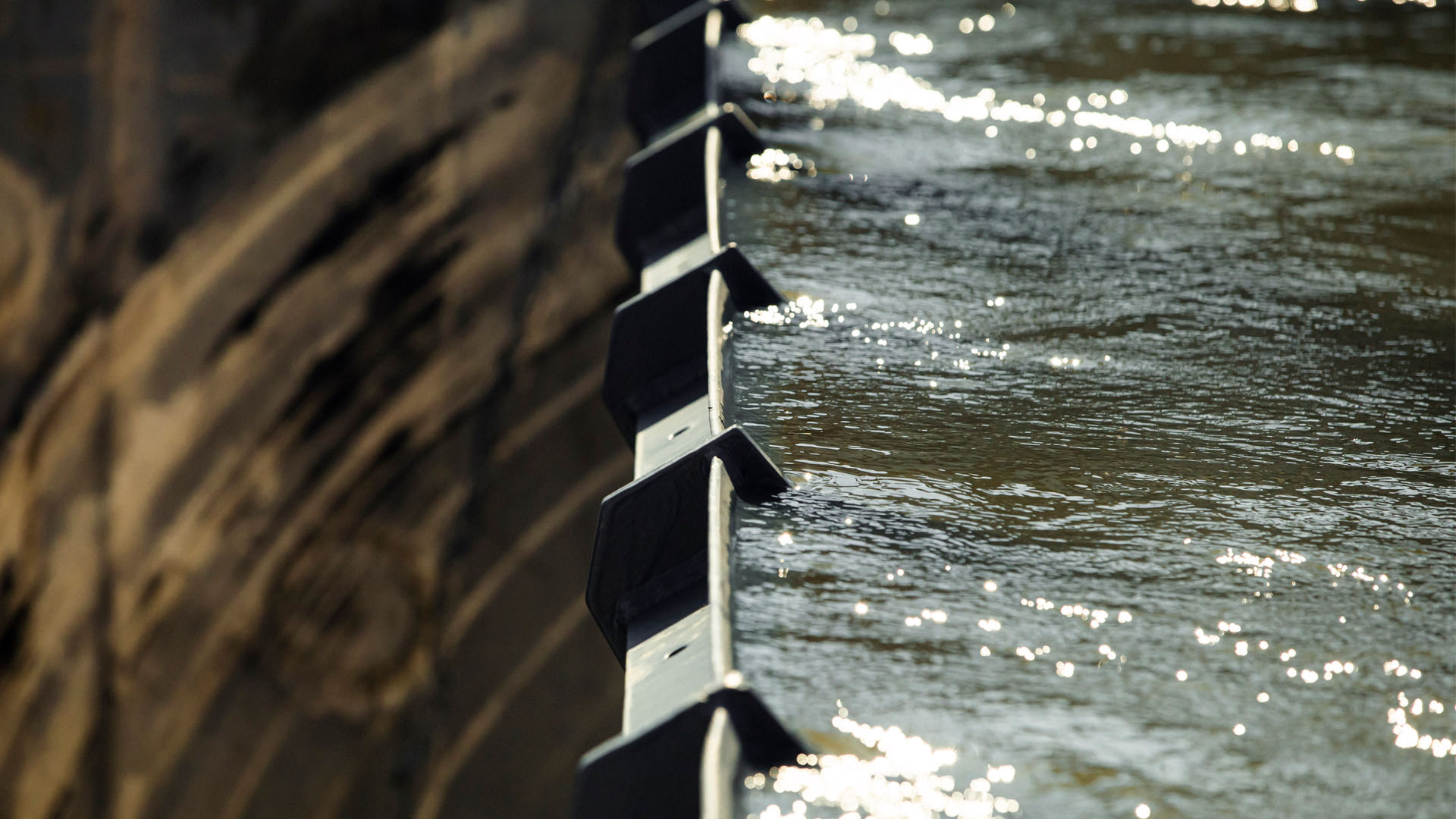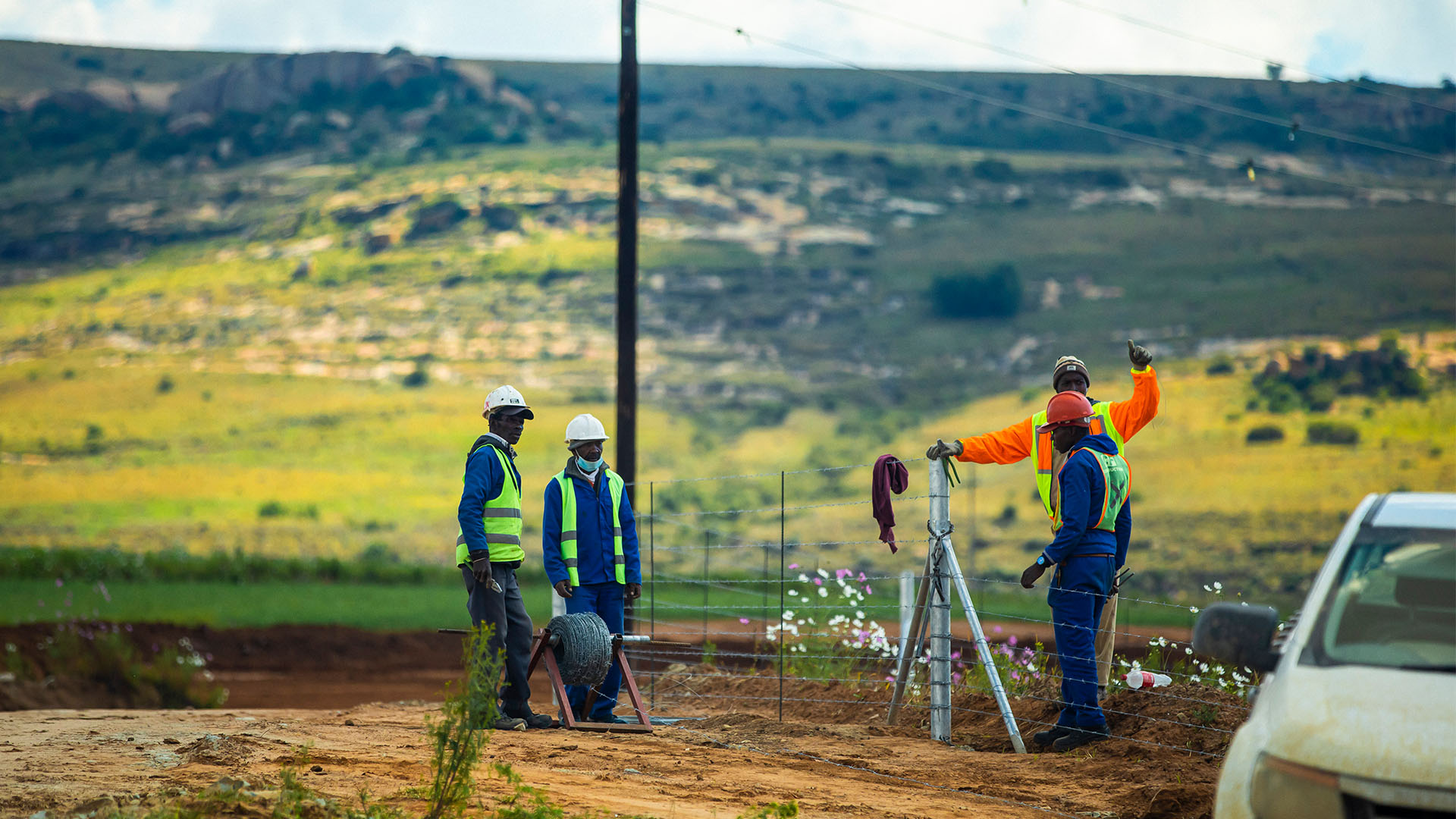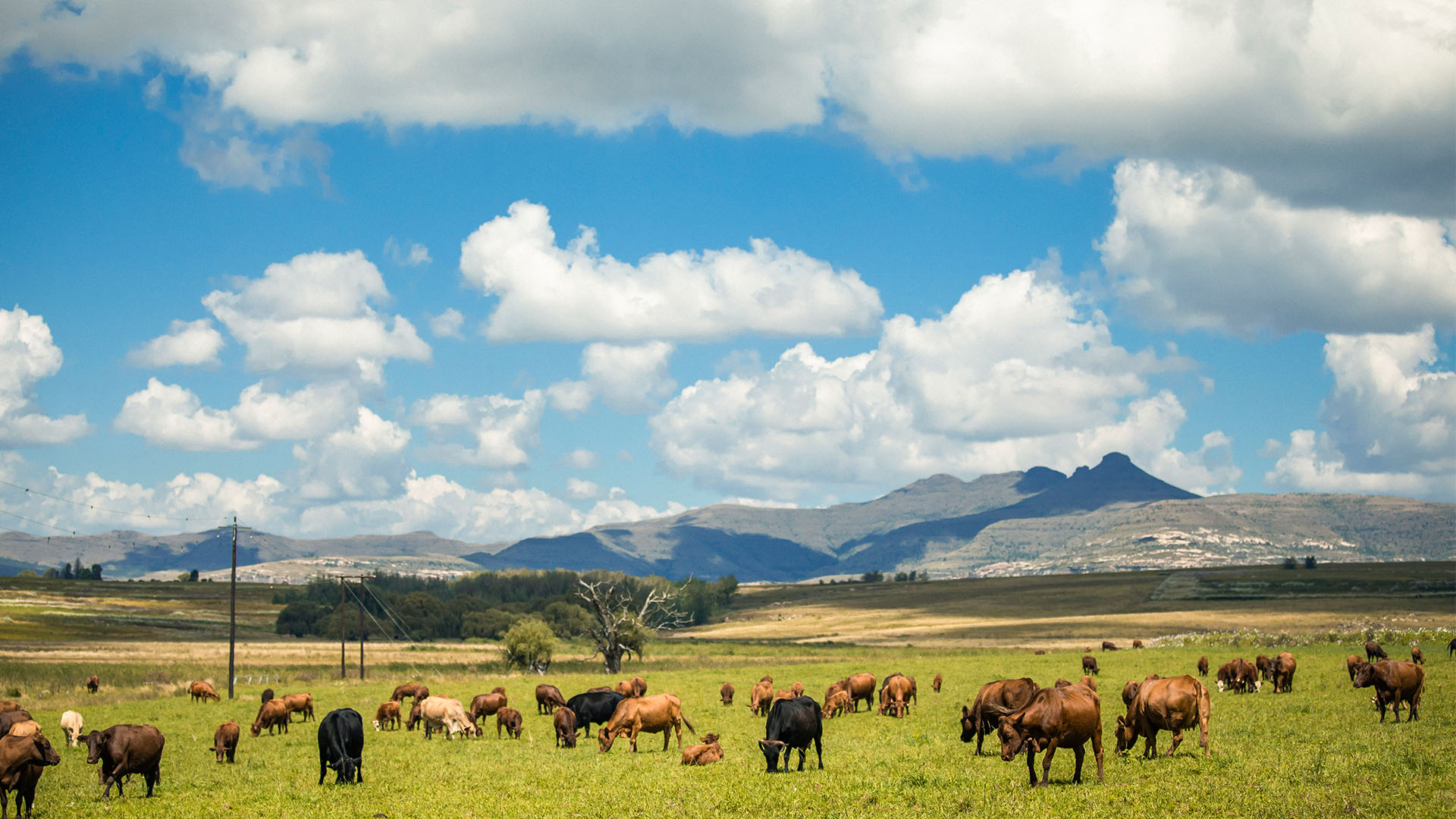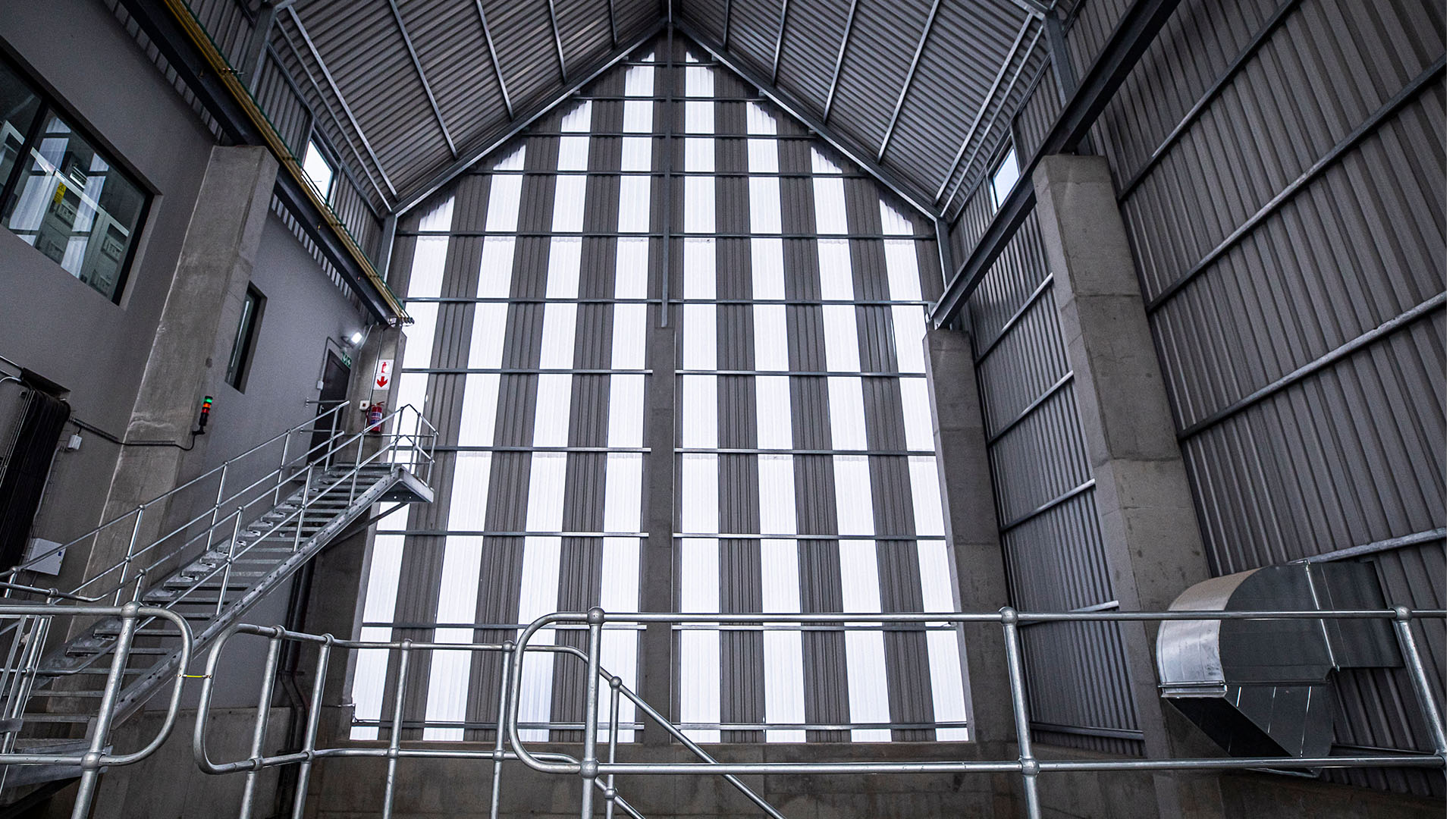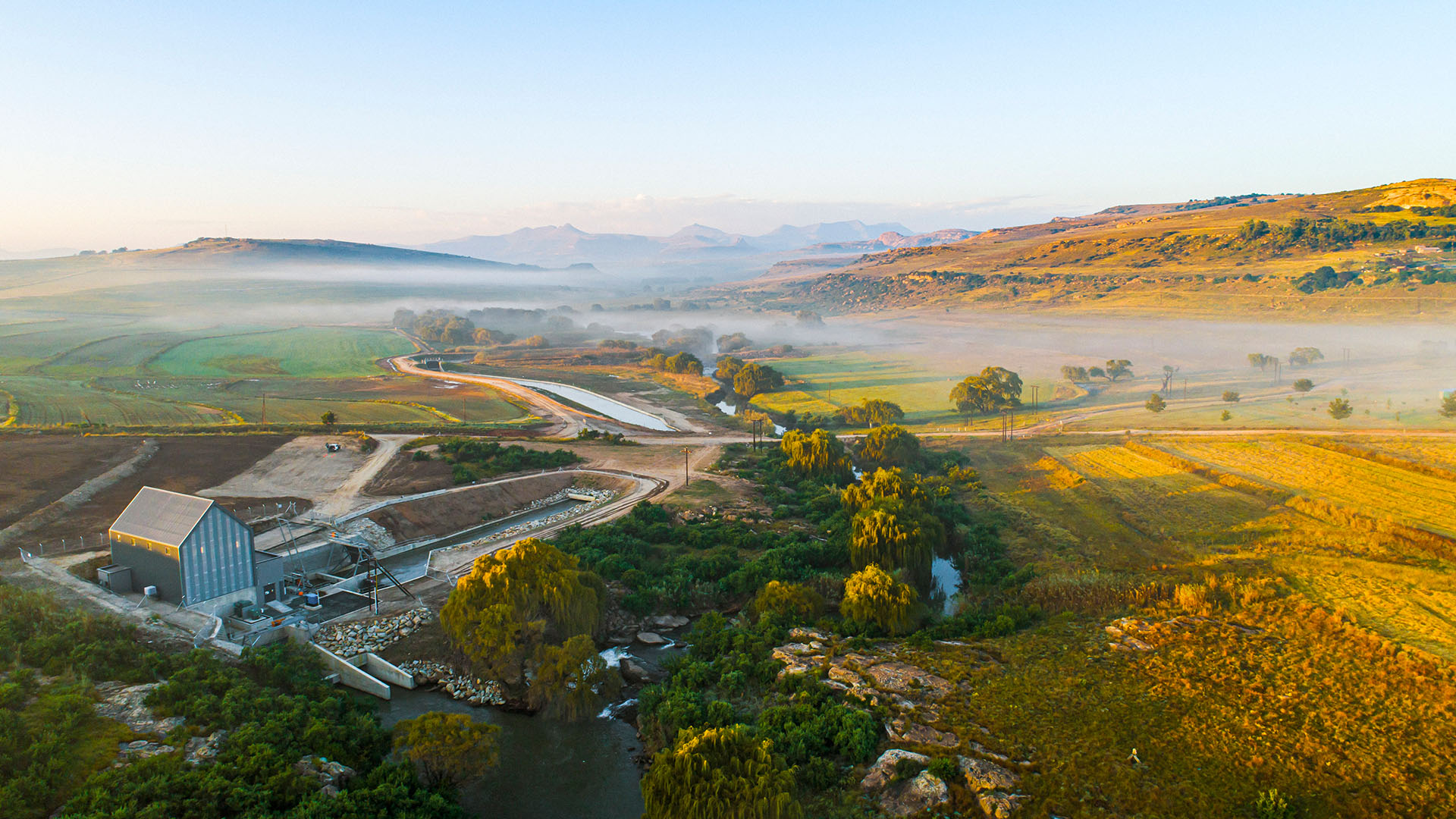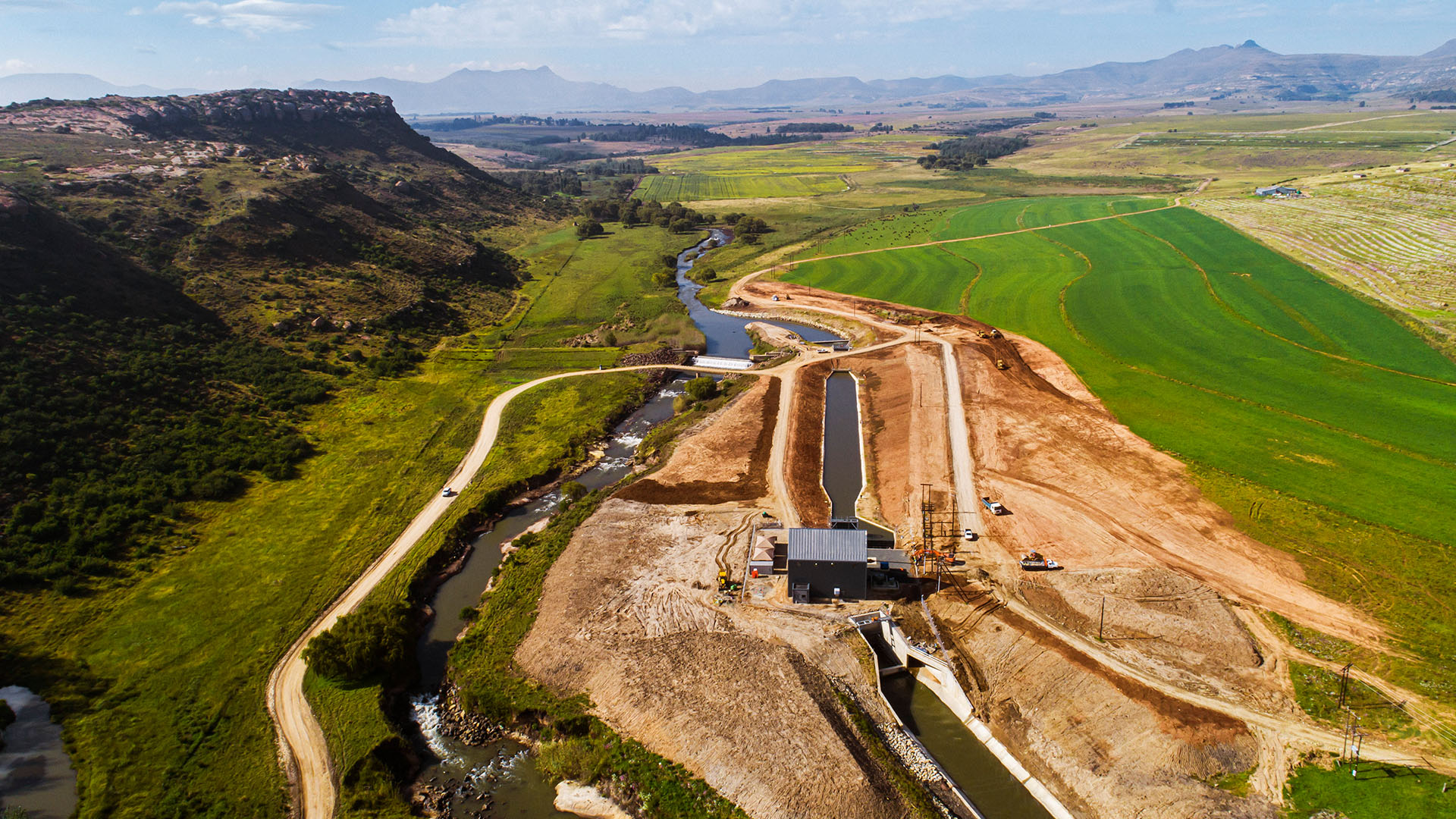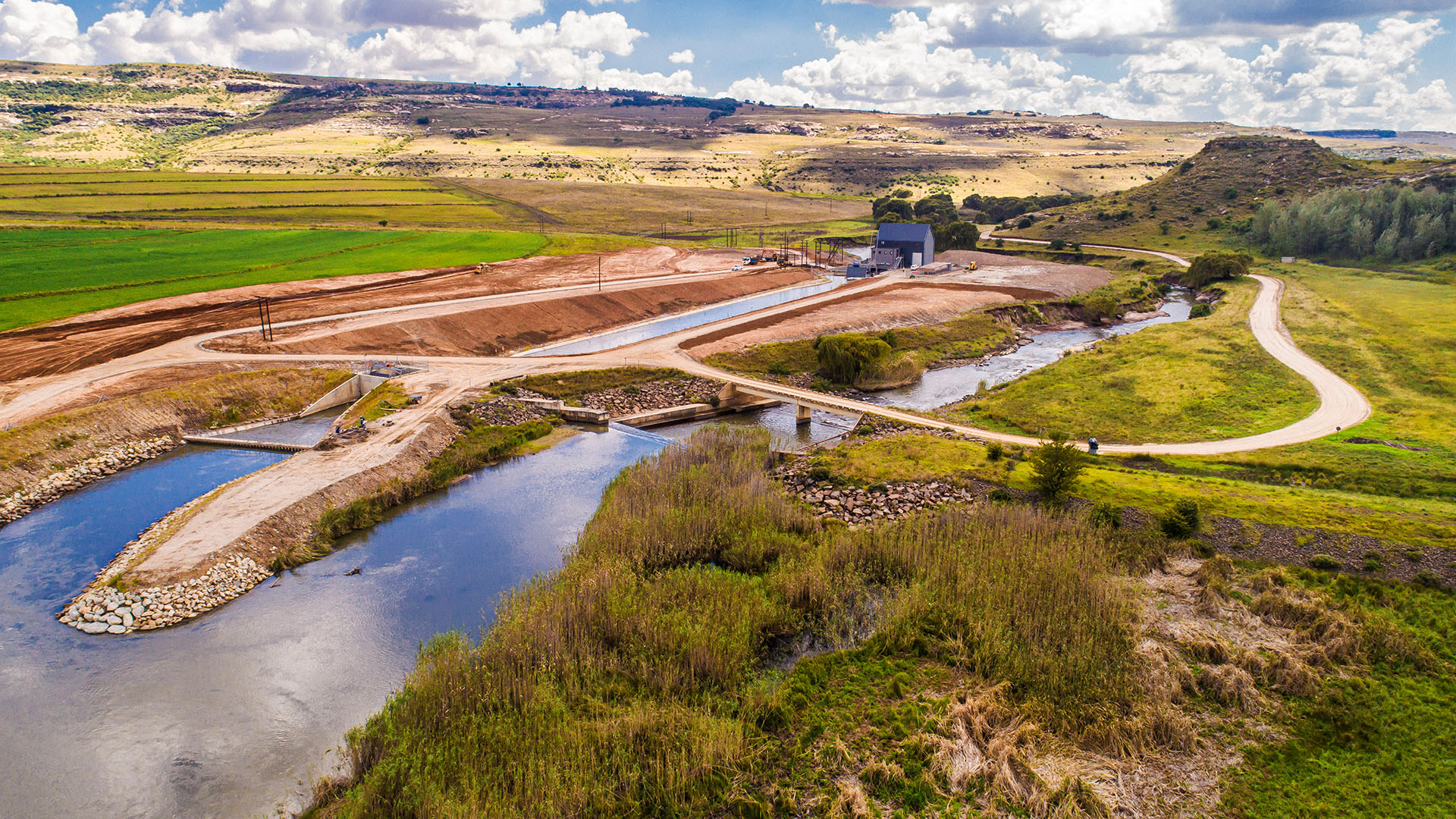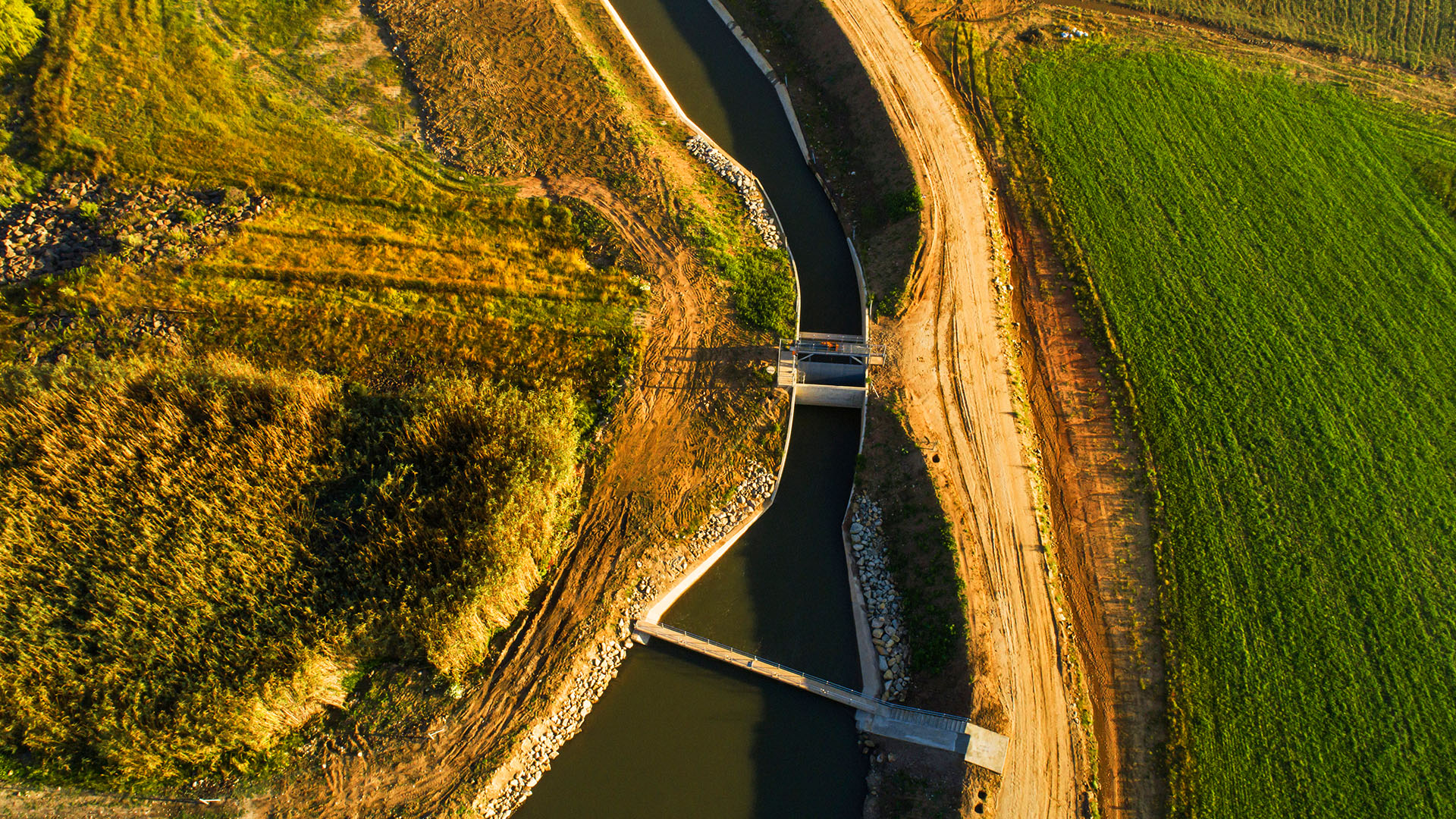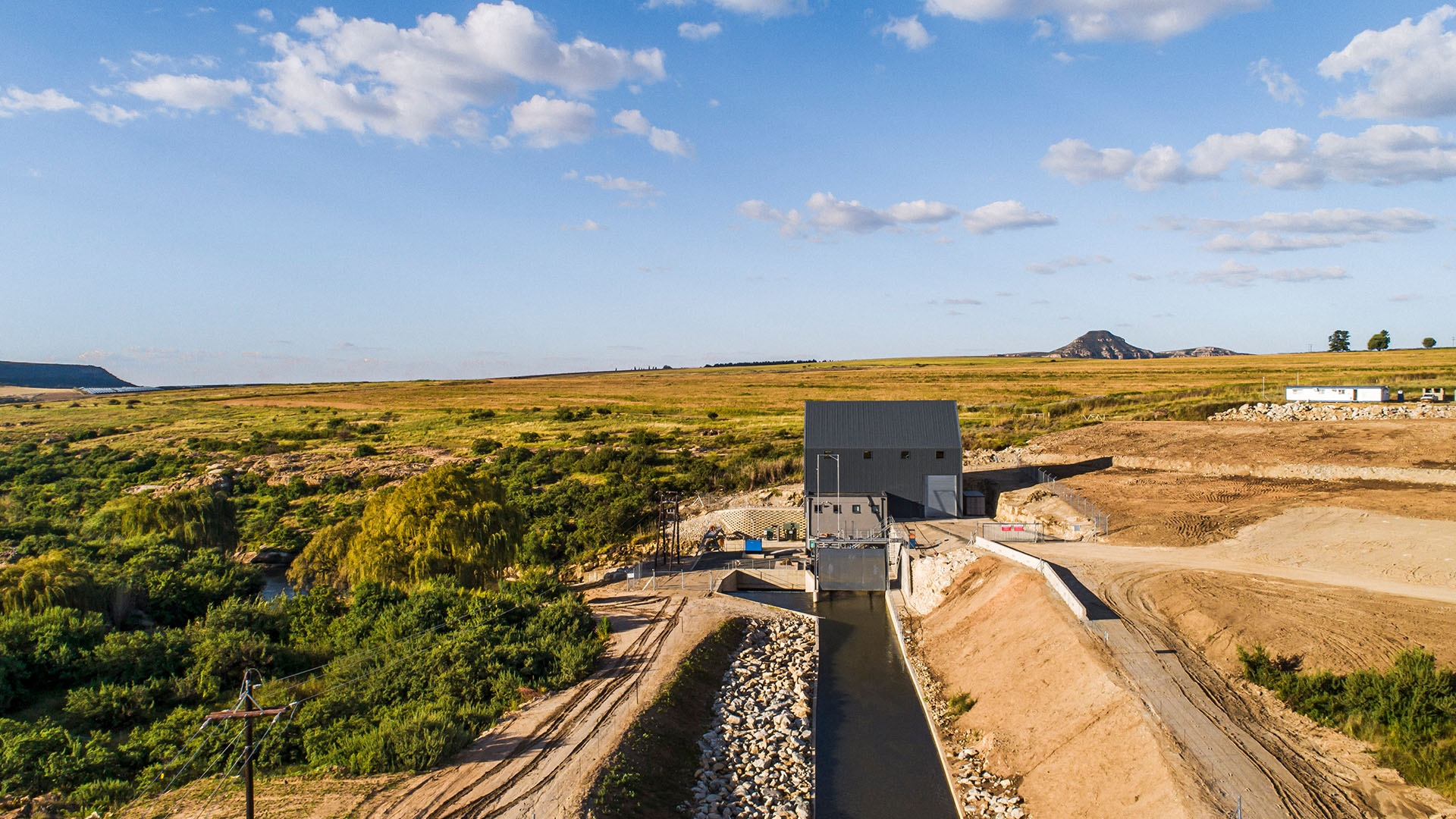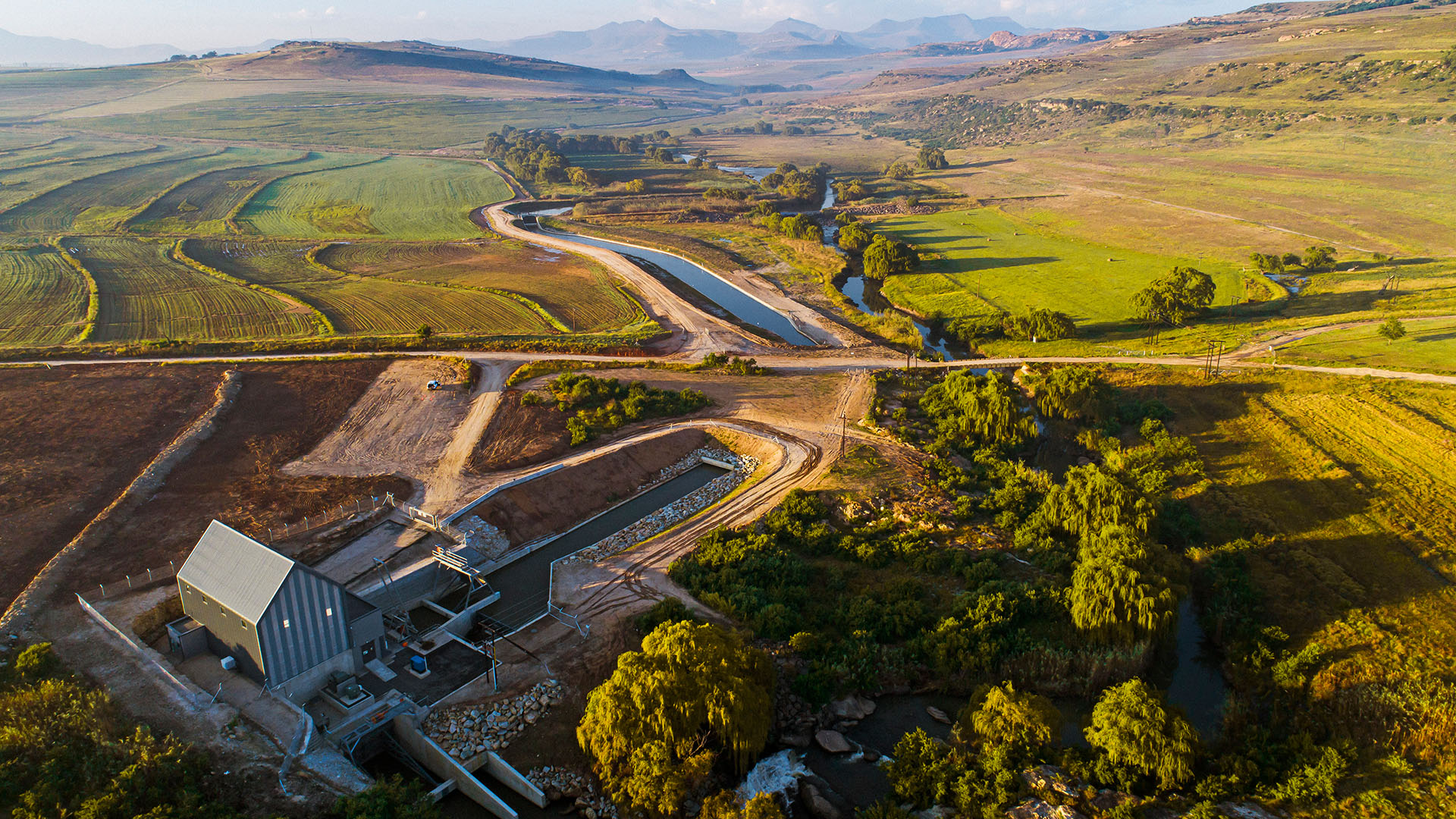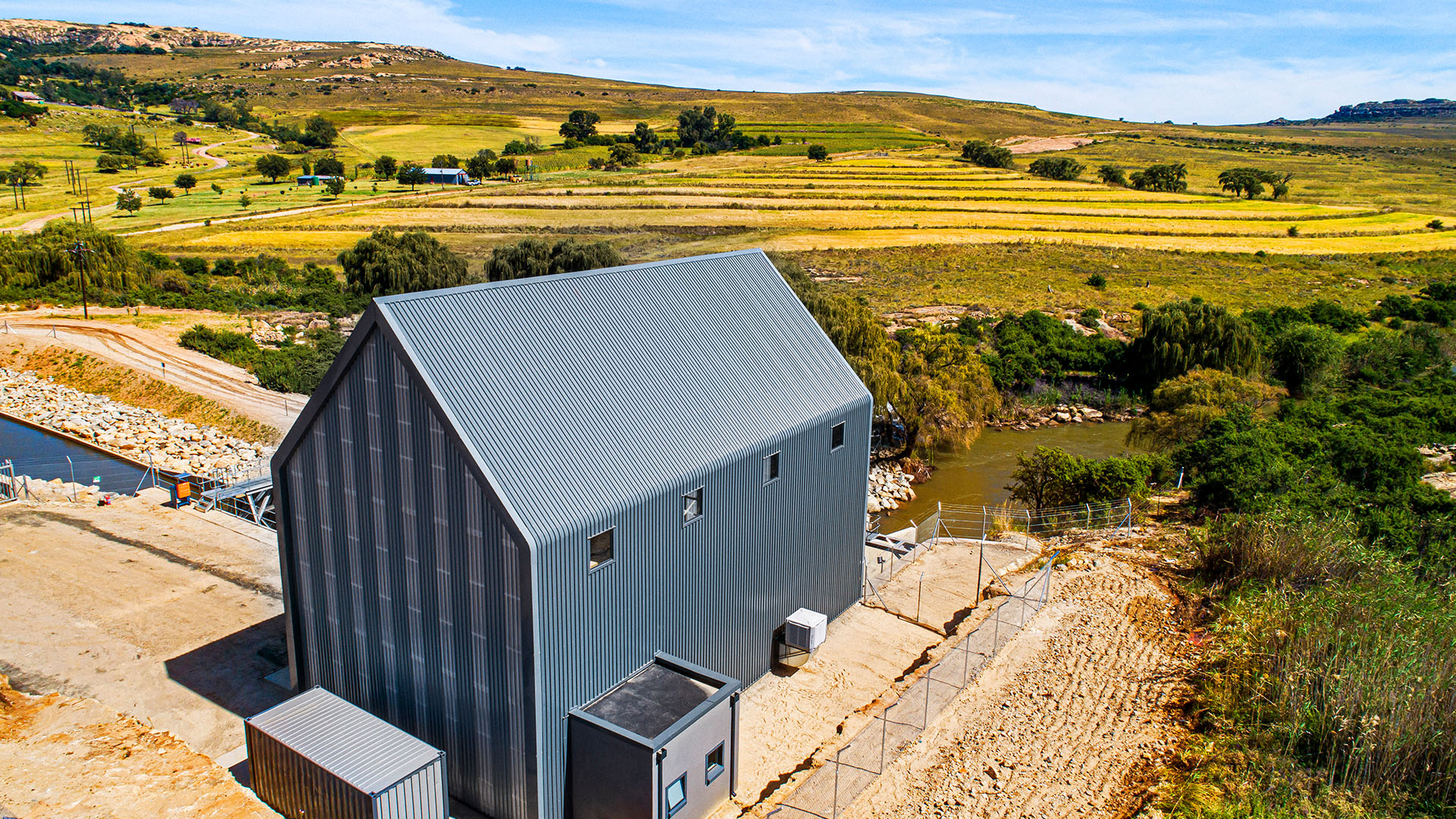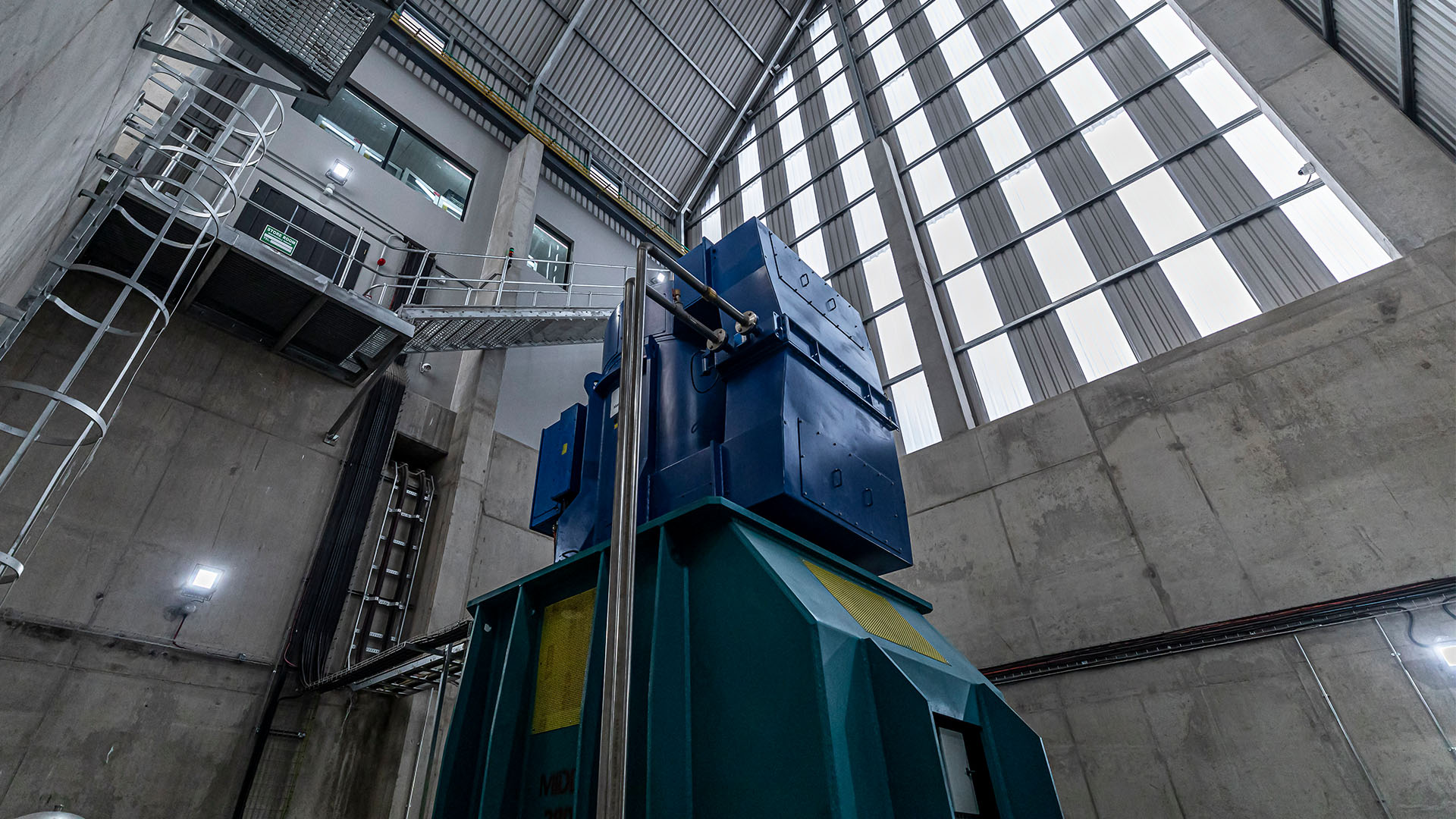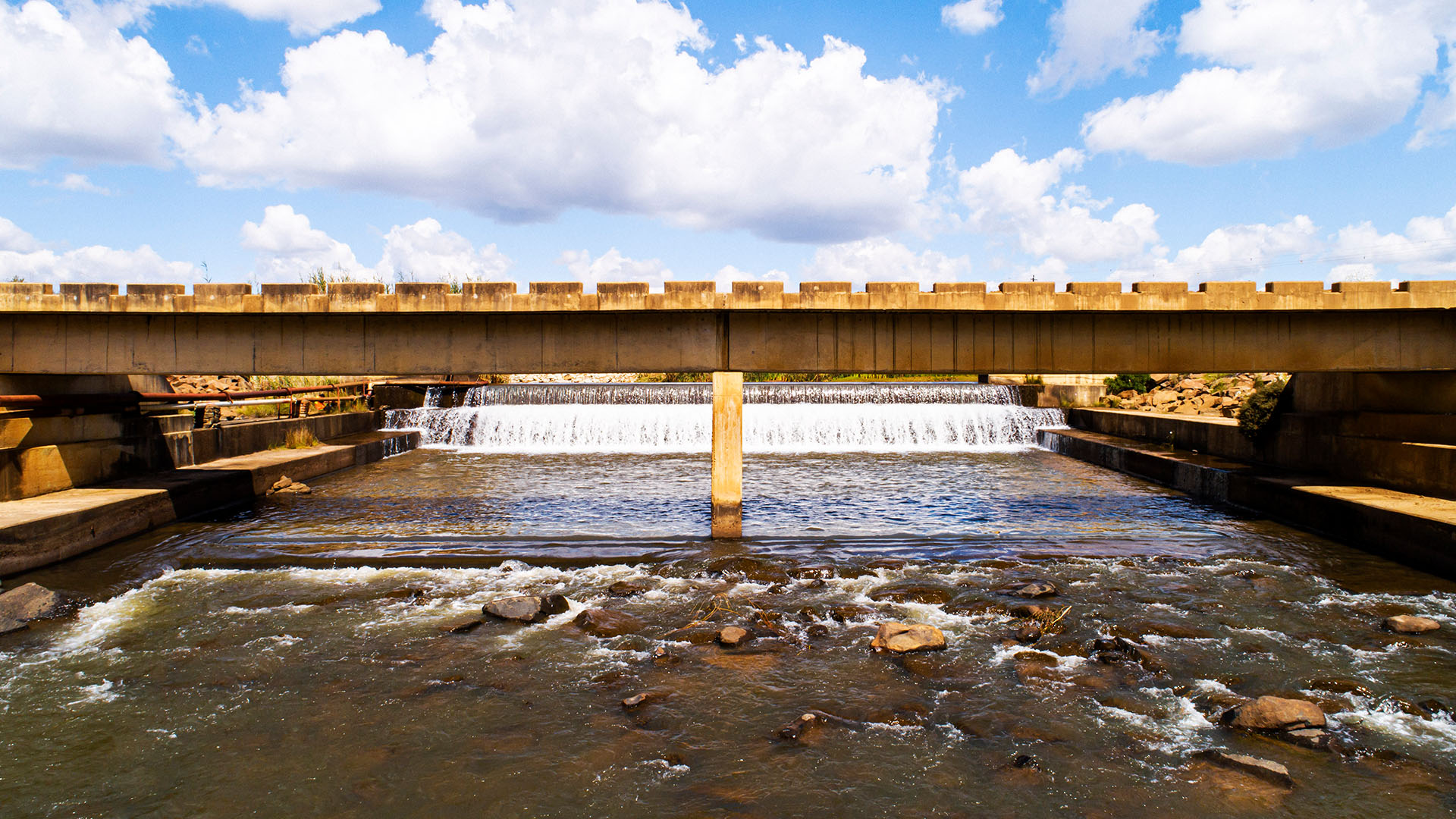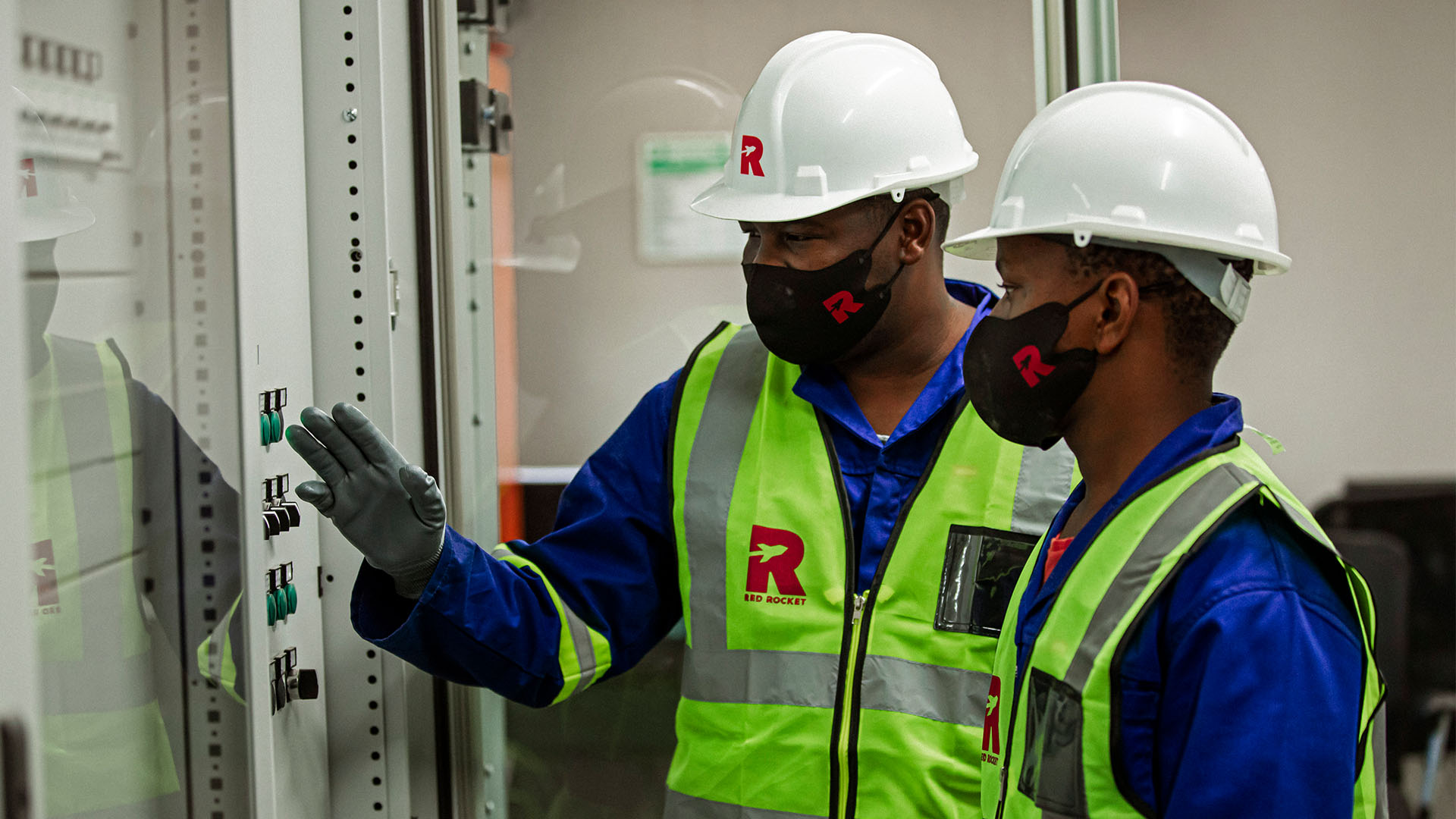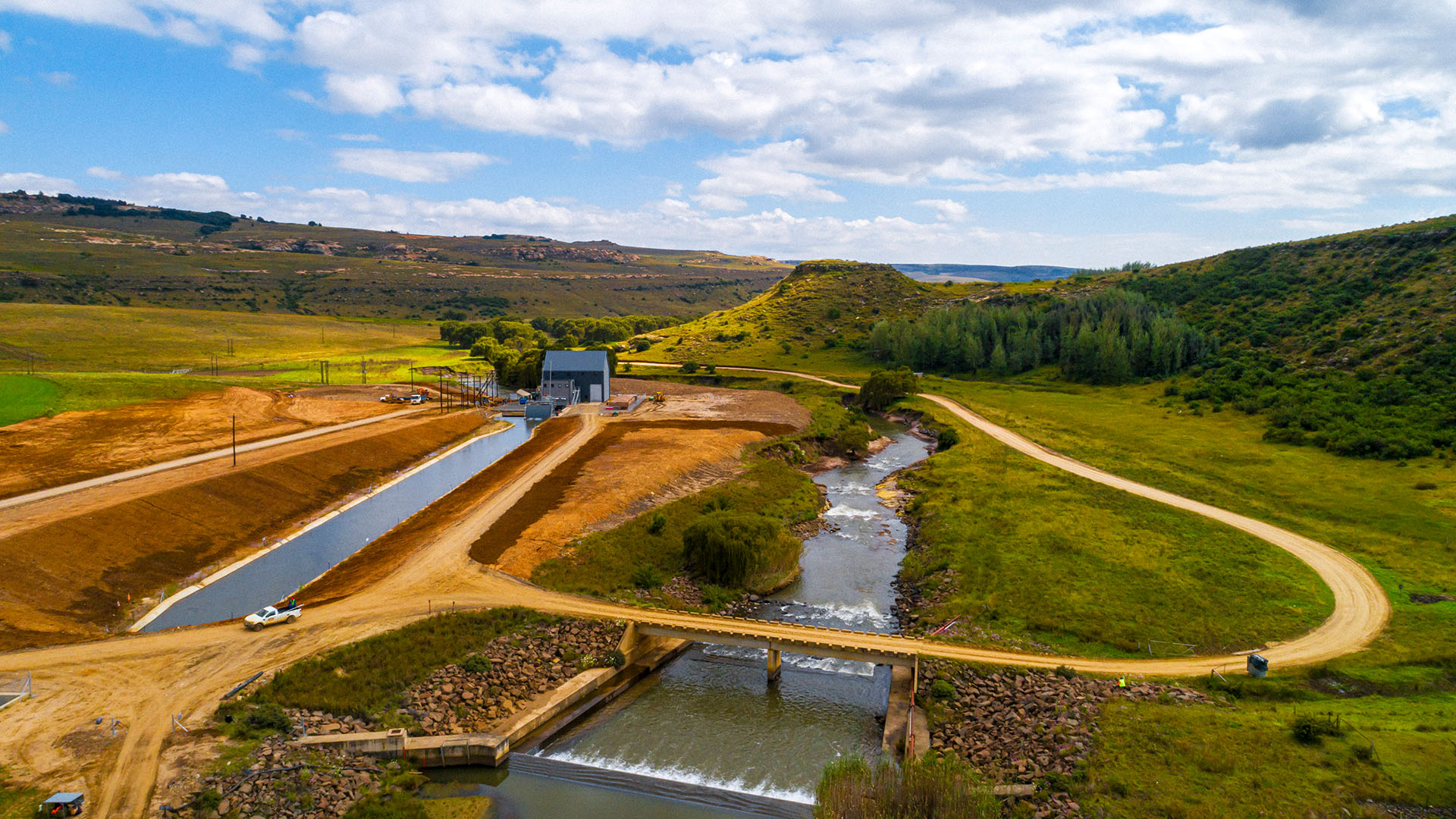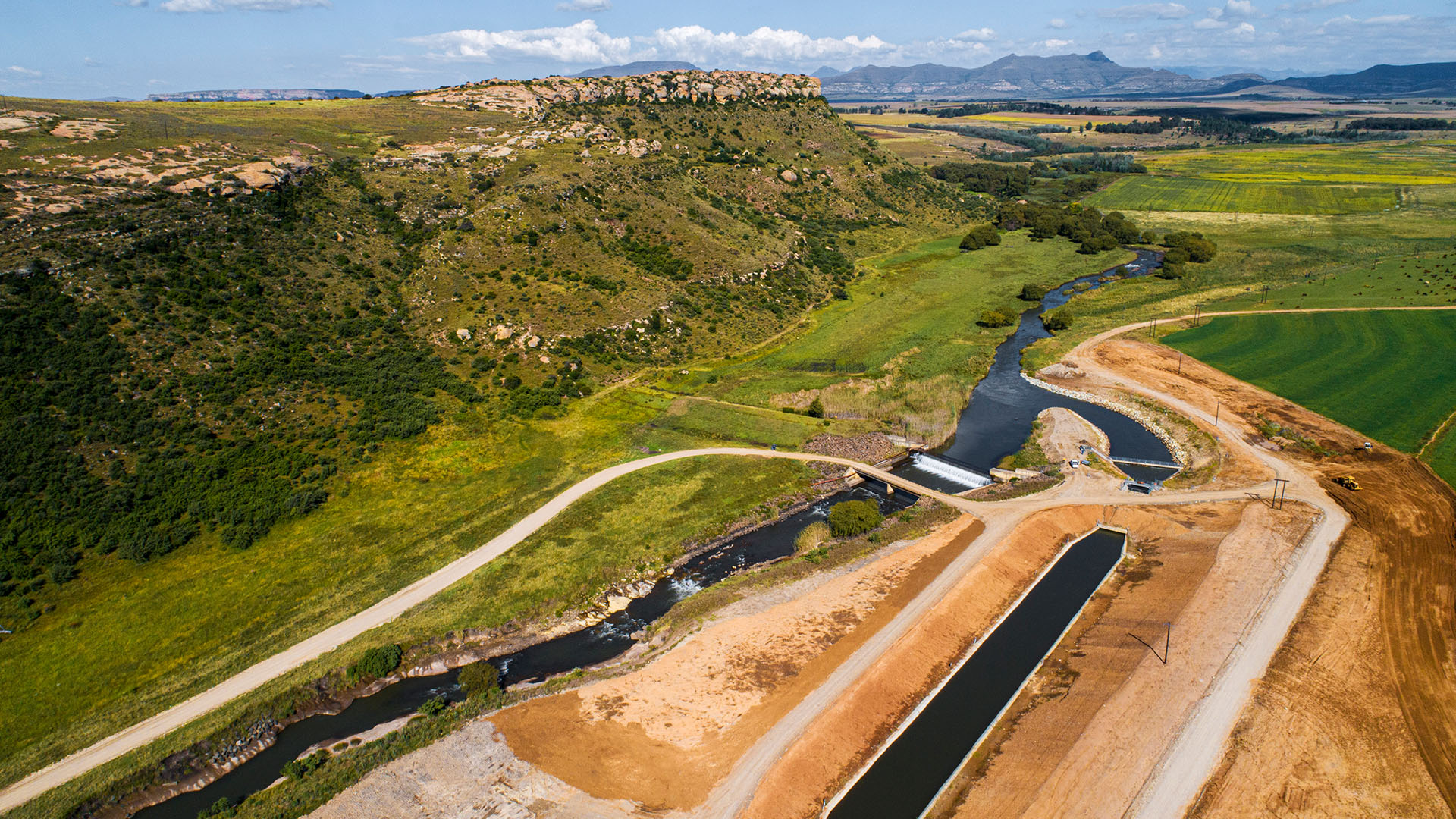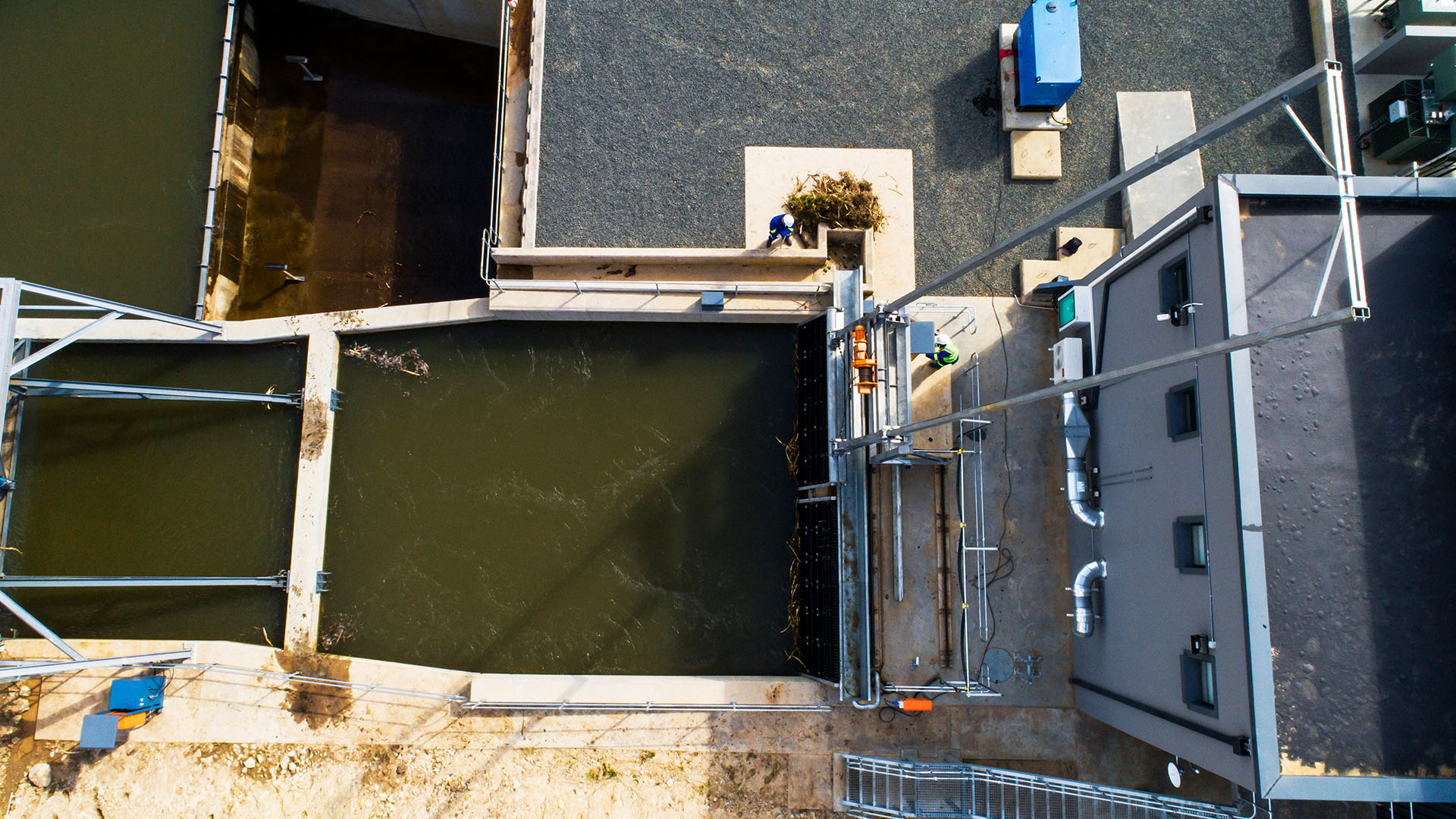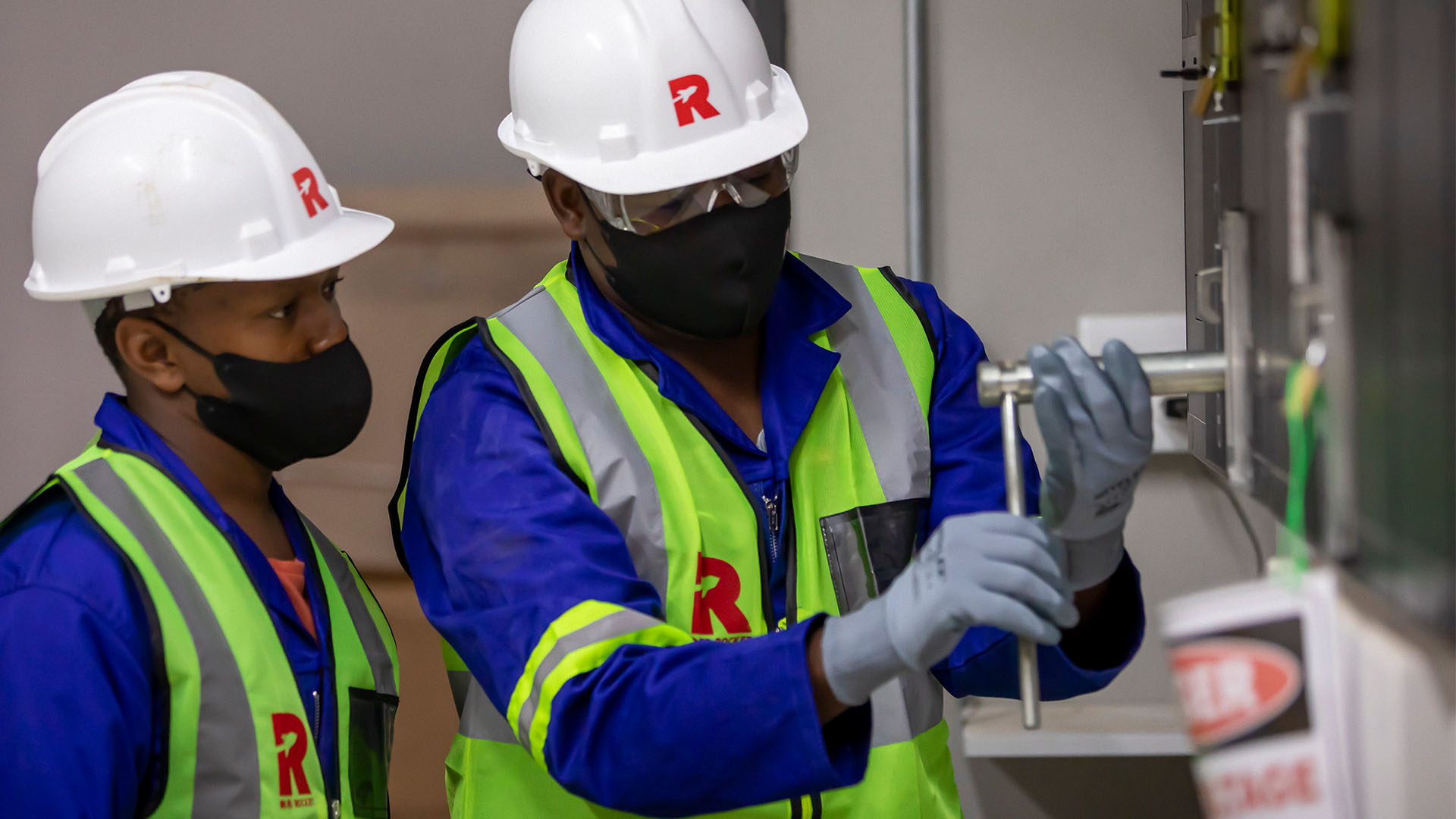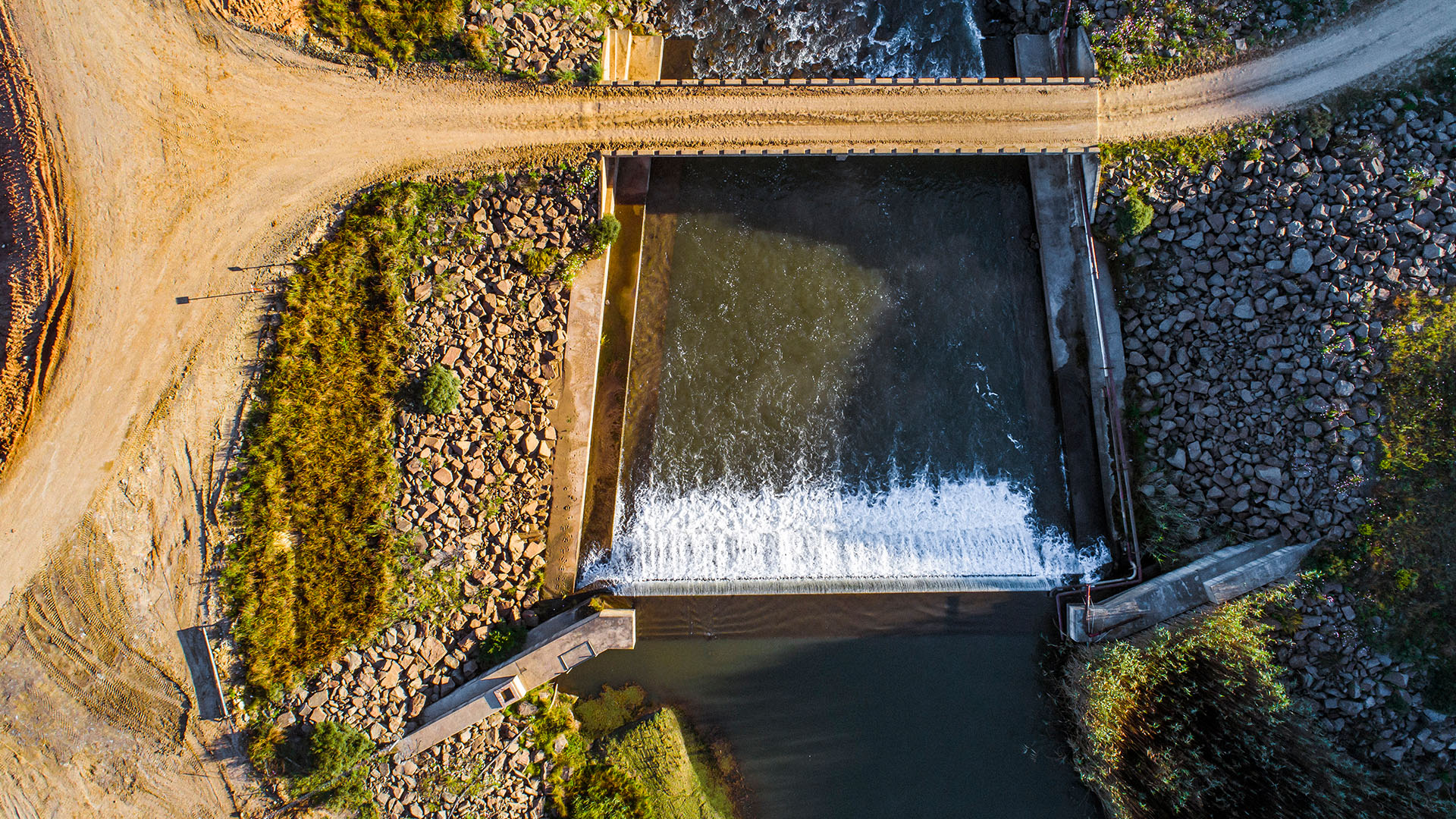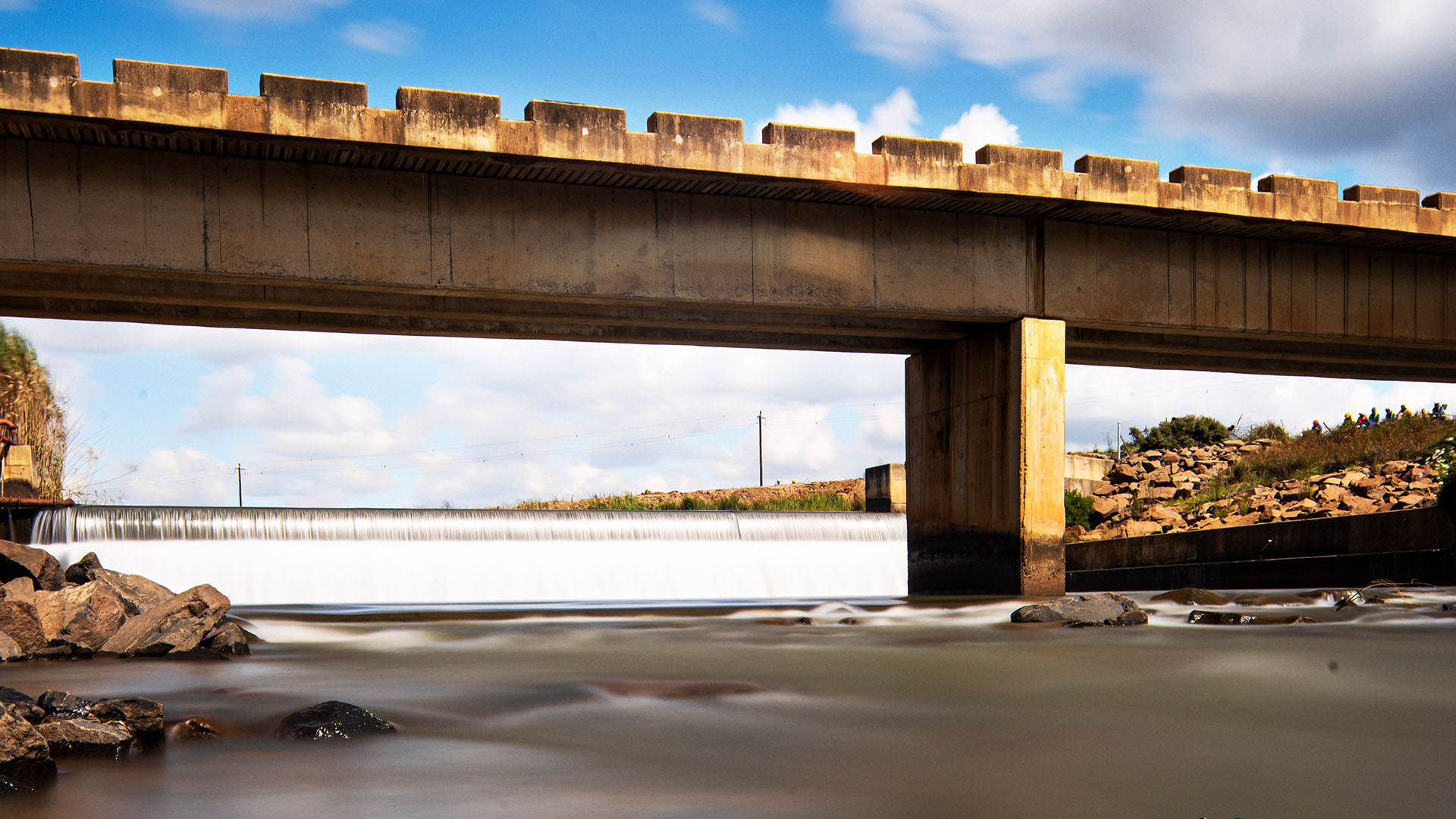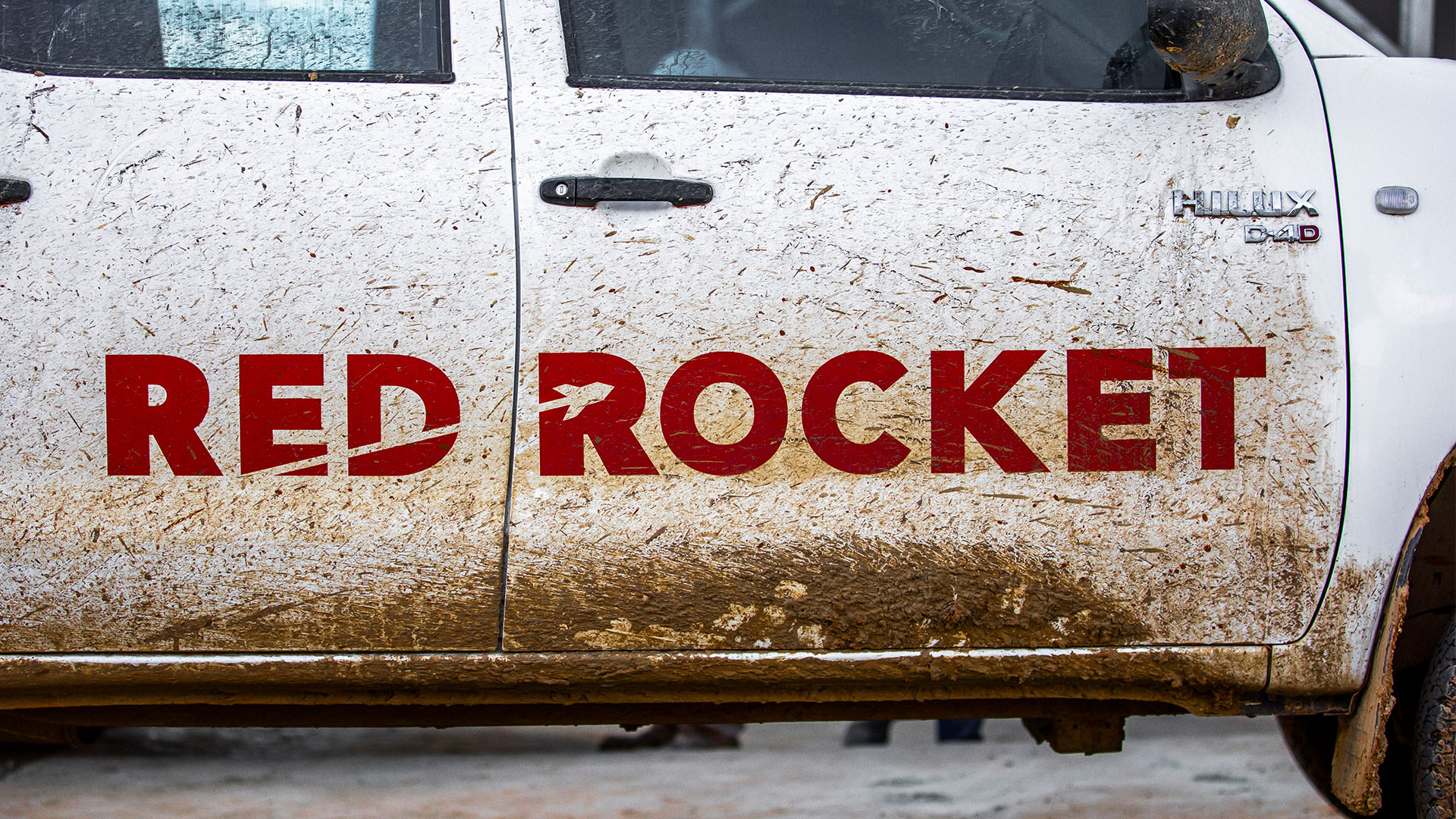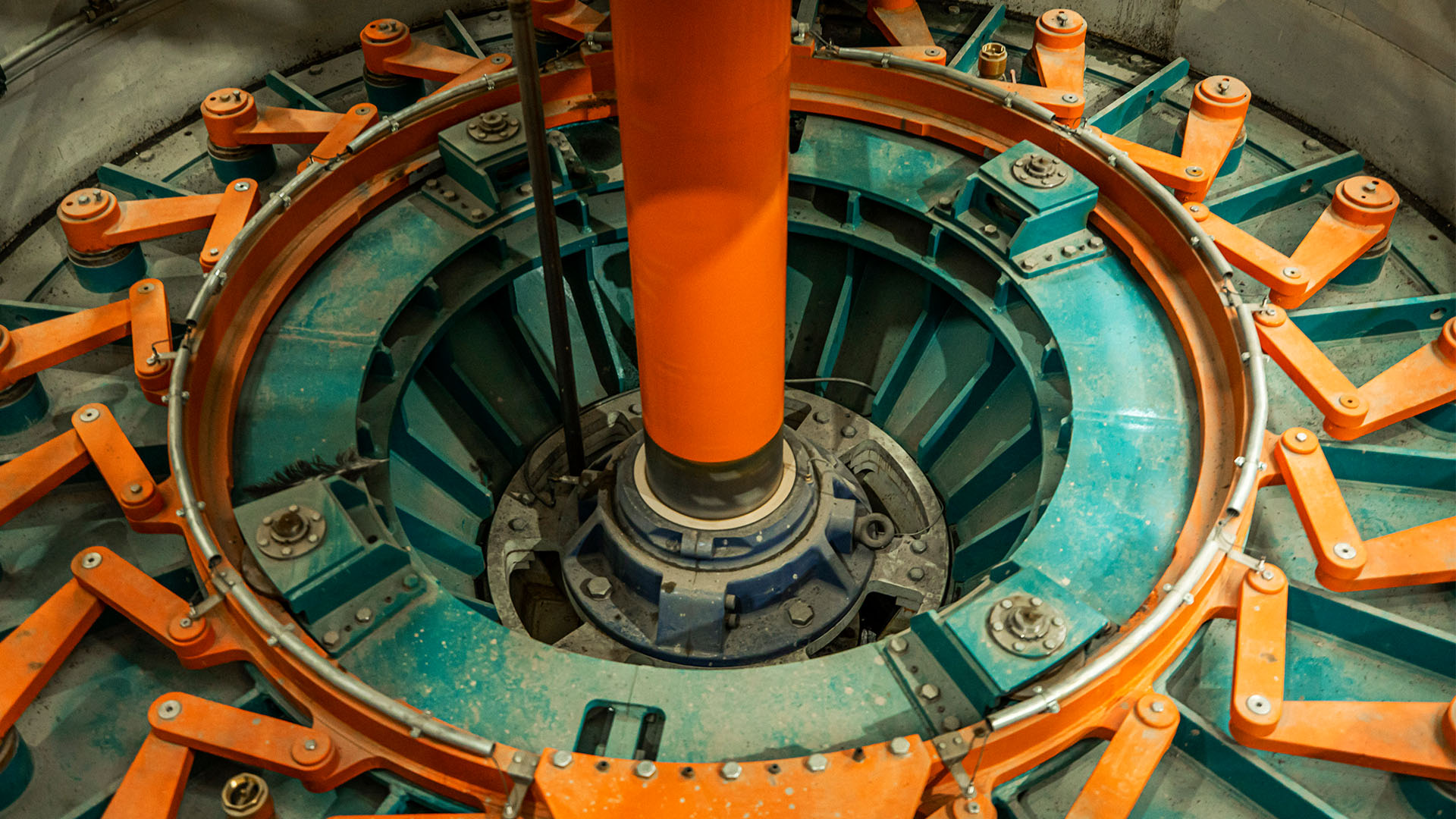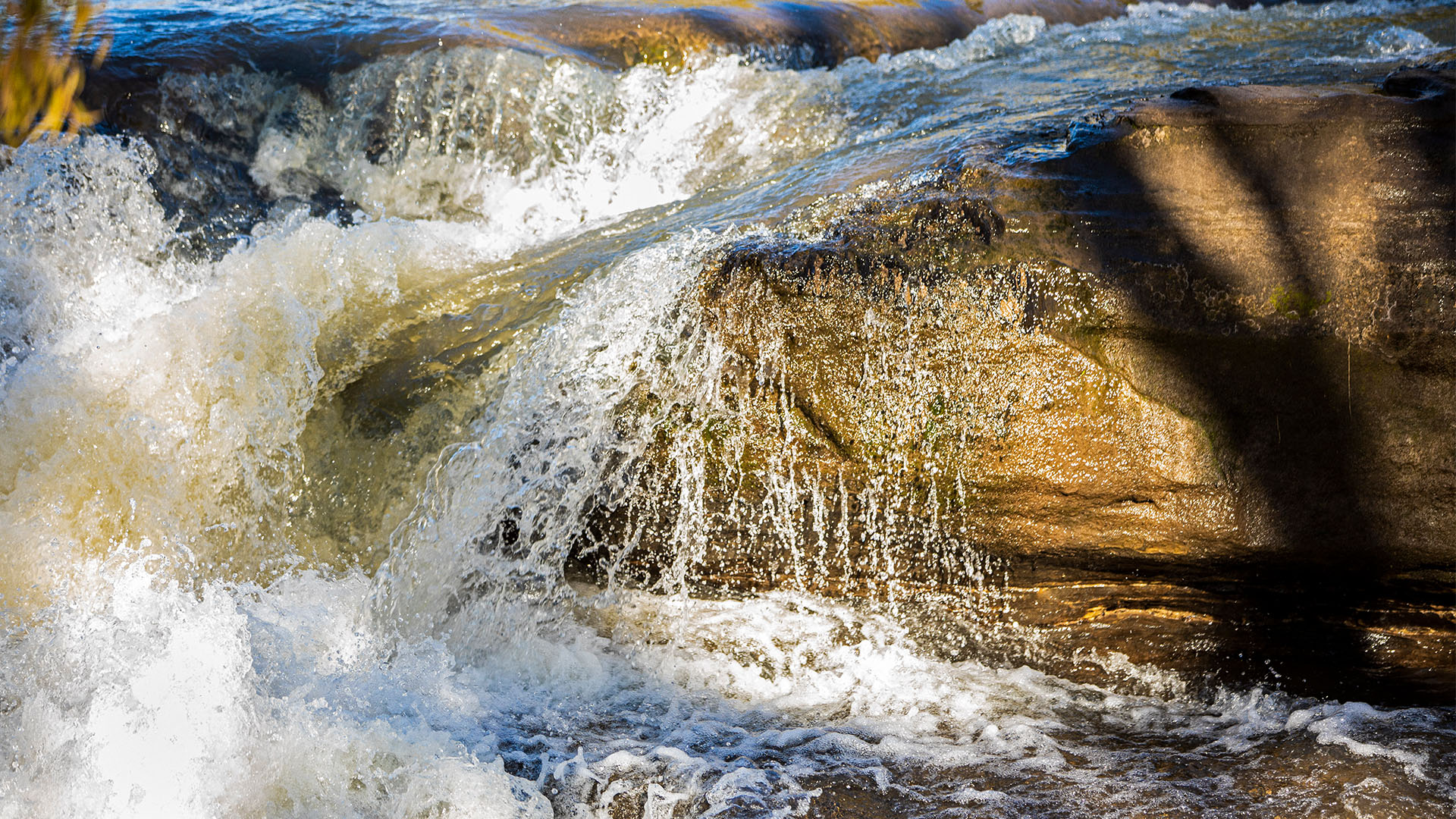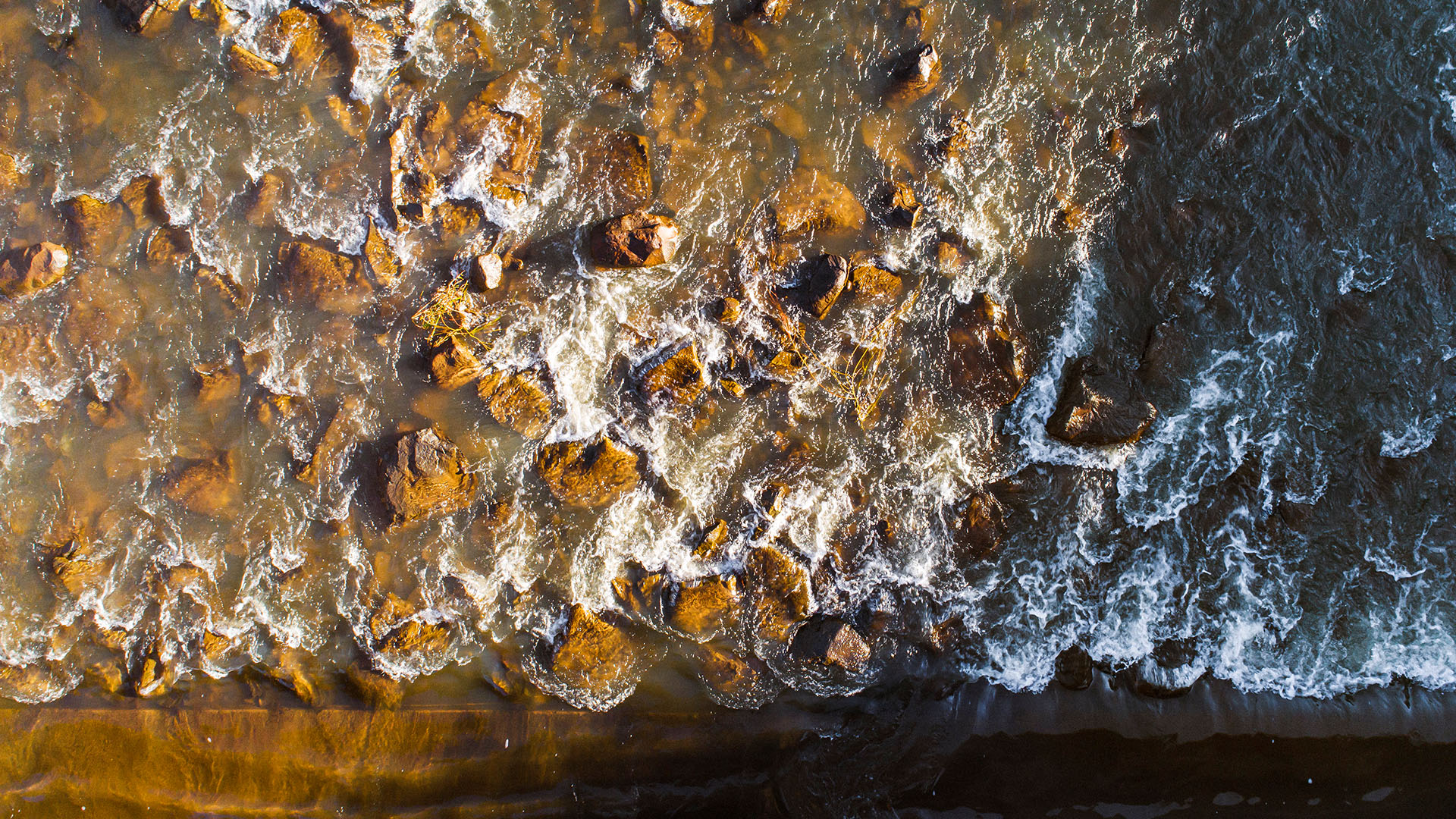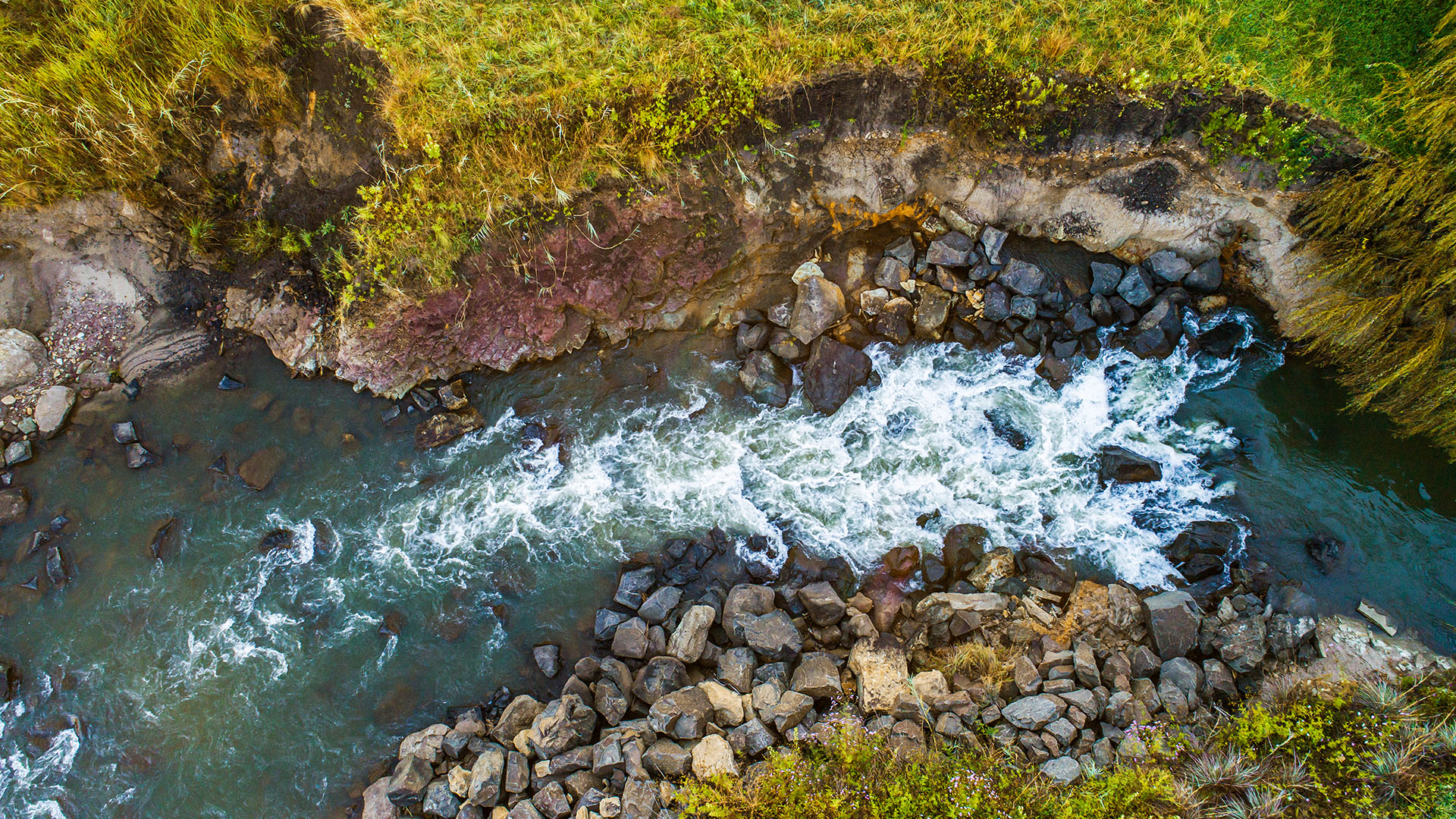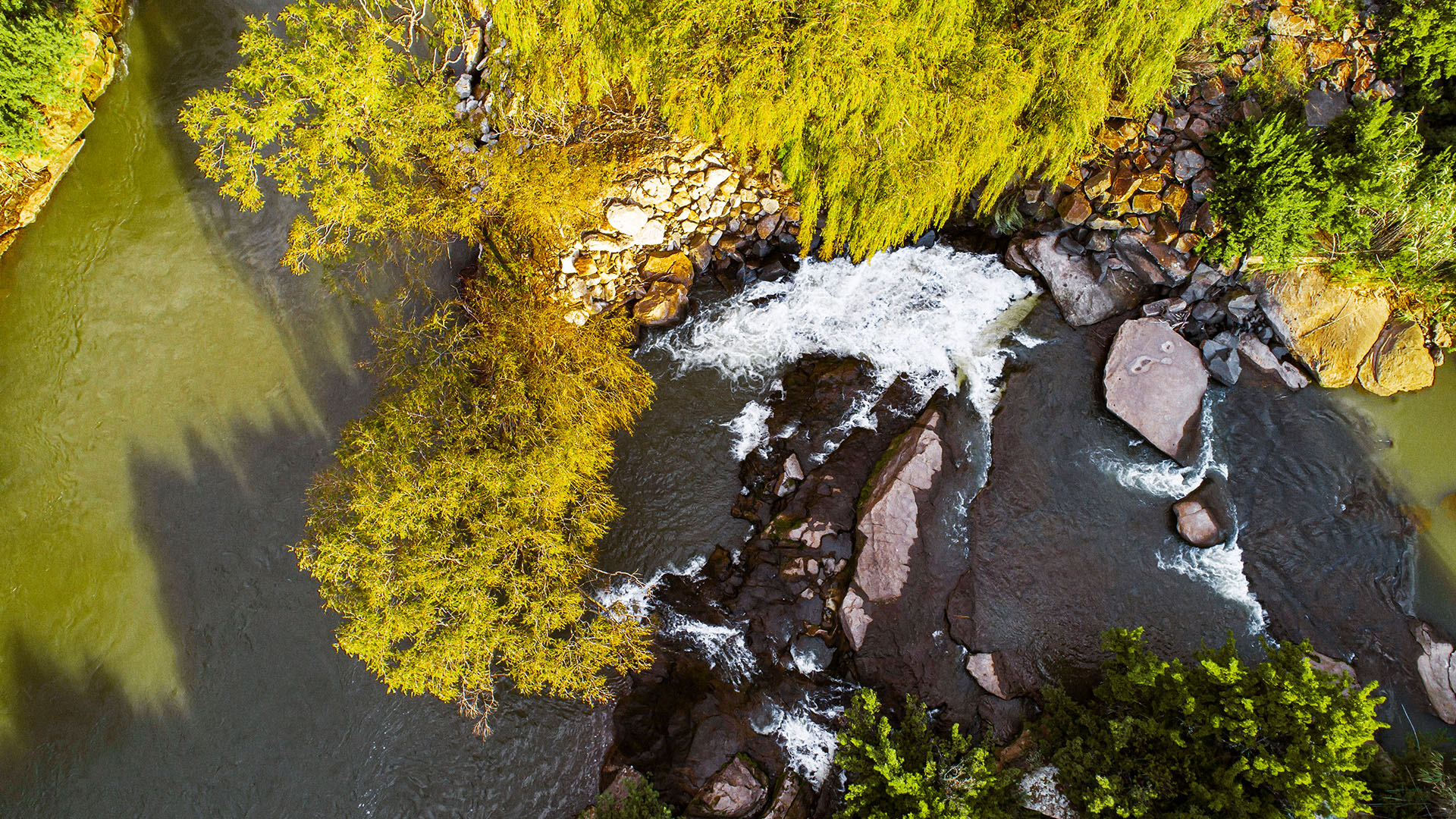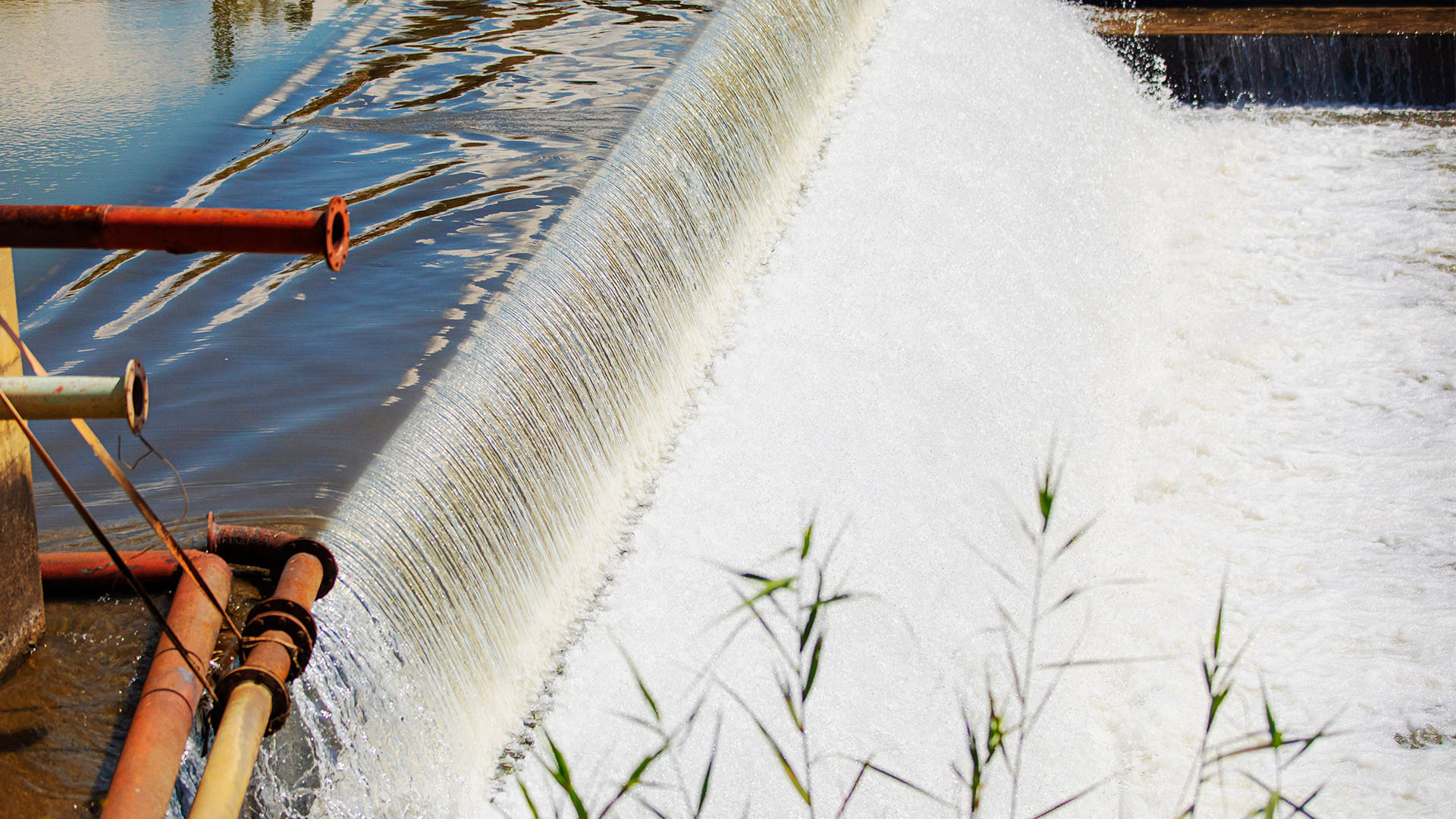Welcome to Kruisvallei Hydro
The Kruisvallei Hydroelectric Power Generation Scheme also known as Kruisvallei Hydro is a 4MW small-hydroelectric plant owned, built and operated by Red Rocket; a fully integrated African Independent Power Producer. Headquartered in Cape Town, South Africa, Red Rocket has 377MW of renewable energy projects in operation, under construction and Near Notice To Proceed projects across the African continent.
About
Overview
Located along the Ash River between Clarens and Bethlehem in the Free State Province, Kruisvallei Hydro will generate approximately 23GWh of energy annually, catering to the energy needs of more than 1916 households.
Developed under the South African Renewable Energy Independent Power Producer Procurement Programme (REIPPPP), the plant’s primary purchaser of power generated will be Eskom.
Fun Facts
- On completion in 2021, Kruisvallei Hydro’s total footprint will be approximately 15 hectares.
- Up to 23 GWh of gross energy will be generated annually.
- The plant will cater to the energy needs of more than 1916 households.
- The plant’s lifespan is 20-plus years (After 20 years, the plant will be refurbished to prolong operation).
Benefits
- The project will contribute positively to economic development in the rural Dihlabeng municipal area, alleviating poverty at minimal environmental cost.
- By adding hydro energy to the mix, the project is helping to diversify the economy and electricity generation in South Africa.
- More than 714 Person Months have been created during the construction phase.
- A number of long-term jobs will be created during the operational phase.
Commitment
Social
Rural communities in the Clarens / Kgubetswana region will benefit from Kruisvallei Hydro’s commitment to the vision of the Local Municipality, which is to integrate the environmental, tourism, agriculture and economic sectors in developments that will create jobs and better opportunities for all residents.
As an integral member of this rural community, Kruisvallei Hydro will help in:
- The promotion of community-based projects.
- The provision of training and scholarships.
- The promotion of micro-enterprises.
- The building and equipping of educational and health facilities.
- The development of infrastructure.
Economic
Kruisvallei Hydro has had a positive socioeconomic impact on the local community via job creation and associated economic spin-offs during the construction phase and going on to the operations phase.
Good examples of economic spin-offs are entrepreneurial growth and opportunities, especially if local business involves itself in the provision of general material, goods and services during the construction and operational phases.
Environmental
The site was selected because of its proximity to the all-year-round, rapidly flowing Ash River. Most of the community surrounding Kruisvallei Hydro are supportive of the proposed plant. Numerous expert assessments have found that the impact of the plant on the soils, land use, and agricultural potential is low.
Download Environmental Impact Assessment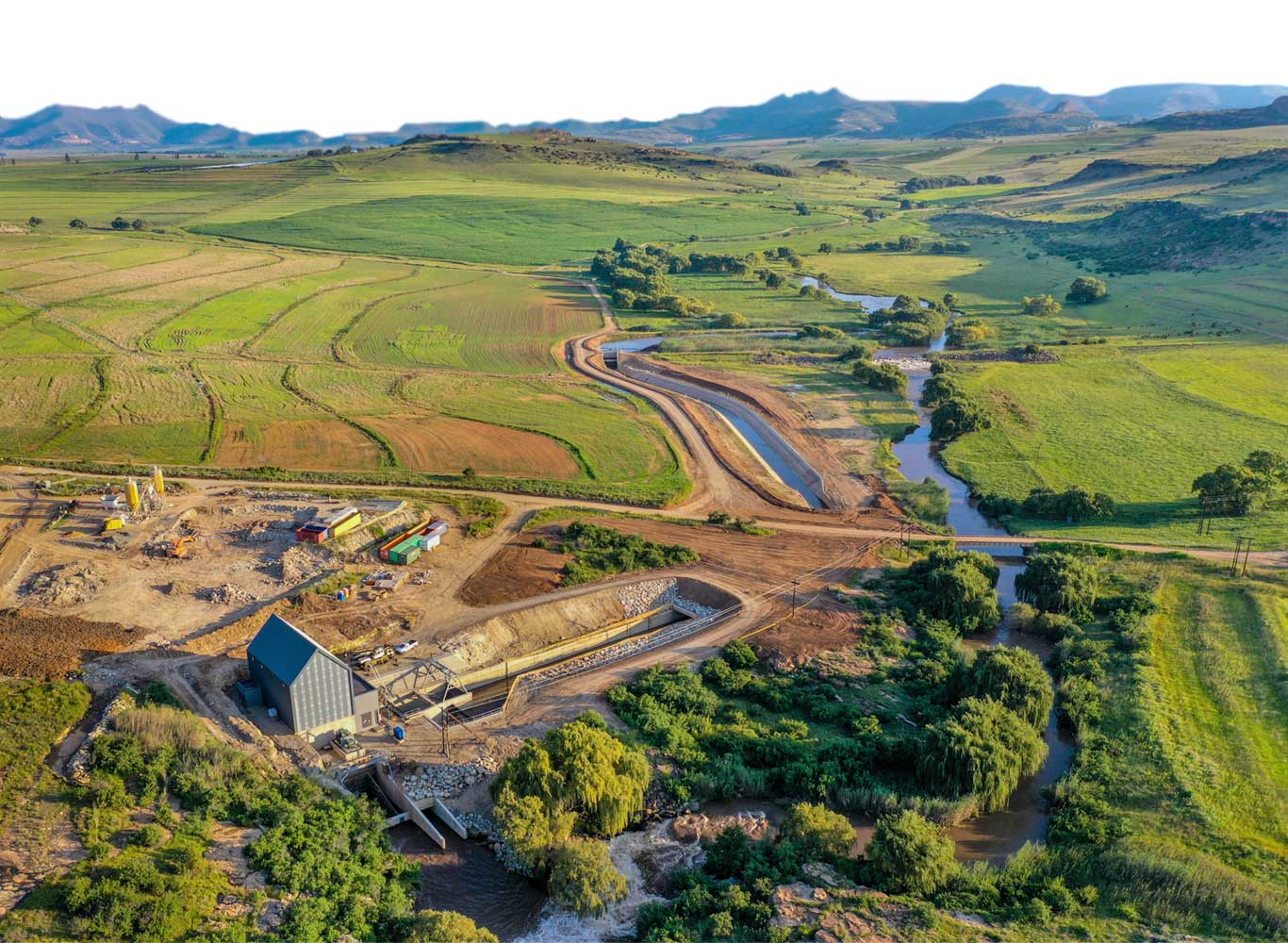
Resources
Why Hydropower?
Hydropower is energy that comes from water, which is used to generate electricity. In fact, it’s the most efficient way to generate electricity. Consider this; modern hydro turbines can convert as much as 90% of the available energy into electricity, while the best fossil fuel plants are only about 50% efficient.
Unlike fossil fuel plants, hydropower plants operate without producing greenhouse gas emissions. Some renewable energies are dependent on daily or seasonal fluctuations – hydropower provides consistent and predictable generation generally 24 hrs a day.
How Does it Work?
Hydropower plants harness the potential and kinetic energy of water falling or flowing from a raised position. The water pushes turbines that in turn generate electricity. The amount of electricity that can be produced at a hydropower plant is a function of the flow rate (the volume of water that flows in a given time) and the hydrostatic head (the height of the water above the turbine). A good hydro resource therefore requires a consistently good volume of water with a good drop (head height) from intake to outlet area.
Kruisvallei and Run-on-the-River
A concern with any development (even renewable energy) is the potential negative environmental impact. Kruisvallei was specifically designed to have the lowest possible impact whilst maximising the output of a fantastic power resource. Kruisvallei is what is known as run-on-the-river project. This means there is no damming of the river involved, which in turn means minimising ecological impact.
The disadvantages of run-on-river are potential inconsistency of water flow, and the limited availability of good sites. Kruisvallei’s positioning is ideal. The facility is built on the Ash River, downstream of the Lesotho Highlands Water Scheme which feeds the Vaal dam along what is essentially canalised agricultural land. Water flow is constant and regulated, and the environmental sensitivities are low. Most of the water is diverted from the existing Ash River into a canal that leads to electricity-generating turbines, then return the water back to the river downstream, while a minimum amount remains in the river at all times to ensure the aquatic ecosystem is sustained. The result is much-needed power supplied to the national grid with little to no negative impact on the environment.
Hydroelectric Power Facts
- People have been harnessing the energy of river currents for centuries, using water wheels spun by rivers to process grains and cloth.
- Today it’s estimated that 20% of the electricity generated around the world is done with hydropower.
- Some countries rely much more on this power source than others. For example, Norway depends on hydropower for 99% of its needs, while New Zealand relies on hydropower for 75% of its needs.
- Hydroelectric power can save 22 billion gallons of oil annually. That’s the equivalent of 120 million tons of pollution–producing coal.
- No pollution or greenhouse gas is produced in the manufacture of hydroelectric power.
- Neither does the process produce any disposable waste.
- It is less expensive to produce hydroelectric power than it is to produce power with nuclear, fossil fuel, or even natural gas sources.
- To alleviate environmental impacts, there’s a move to construct smaller hydropower plants that do not require massive dams to operate (For example, Kruisvallei Hydro).
Contact
[email protected]Nicky Olivier
Financial Manager Asset Management
T:+27 (0)21 418 3940 M: +27 (0)74 064 7777 E: [email protected]
Tsholofelo Moote
Economic Development and Community Manager
T: +27 (0)21 418 3940 M: +27 (0)79 897 3065 E: [email protected]
Download Press Release Download Grievance Form